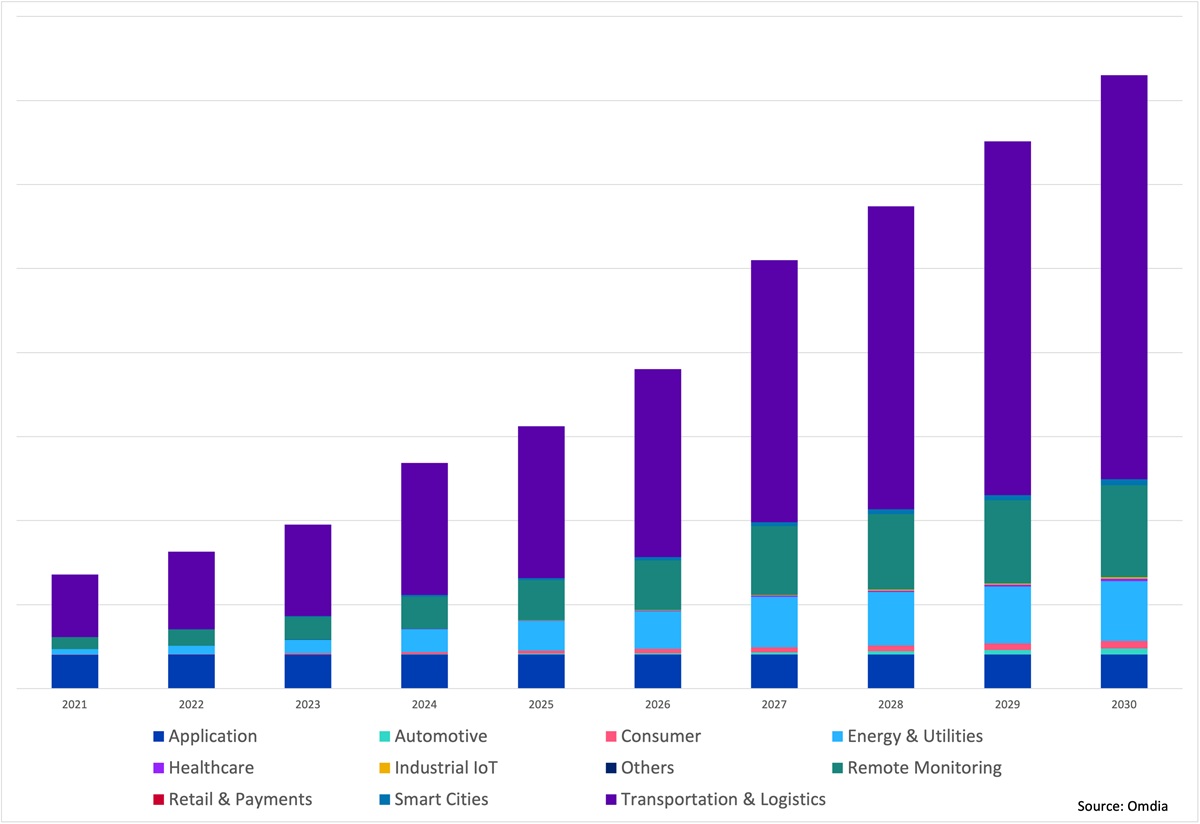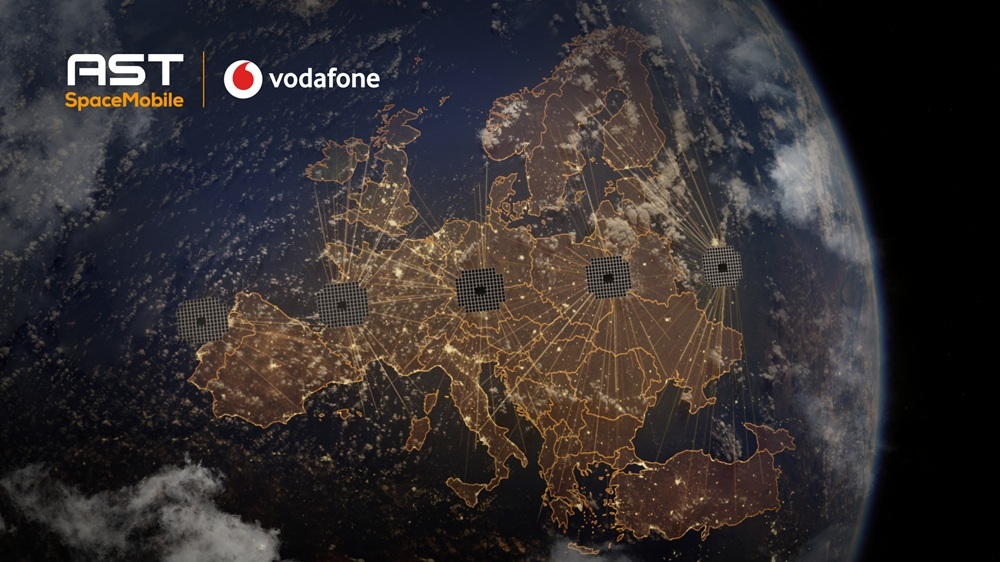LONDON: Satellite technology is gaining ground as a critical pillar in hybrid Internet of Things (IoT) networks, supplementing terrestrial coverage and boosting operational resilience, according to a new Omdia report, Satellite IoT Market Landscape – 2025. Released on July 31, 2025, the research underscores satellite’s rapidly expanding role in the future of global connectivity, propelled by technological advancements, falling costs, and new industry standards.
Satellite: The New Frontier in IoT Expansion
As enterprises push IoT deployments into remote locations, oceans, and rural environments—where ground networks are patchy or nonexistent—satellite connectivity is fast becoming essential. Omdia estimates that while satellite IoT revenue remains smaller than mainstream connectivity markets, it is already substantial and growing rapidly, with satellite IoT connections projected to increase at a 23.8% compound annual growth rate (CAGR) between 2023 and 2030.
Services like satellite broadband and direct-to-device smartphone communication are poised for dramatic expansion. These offerings are not only lucrative but could prove transformative during emergencies, natural disasters, or mission-critical scenarios where traditional infrastructure fails.
Breaking Down Barriers: Cost and Integration
Historically, high satellite hardware and service costs—and challenges integrating satellite with existing IoT systems—posed barriers for many companies. Omdia’s Principal Analyst for IoT, John Canali, highlights a shift: “10% of global IoT enterprises are interested in using satellite connectivity in their IoT deployments but have struggled with the cost and integration into existing deployments… With the cost barriers and integration falling rapidly, Omdia believes enterprises are poised to expand their deployments with satellite connectivity.”
Declining prices of key hardware—such as gateways—and the emergence of industry-wide technology standards are opening the door for direct satellite-to-IoT device communication. This trend allows enterprises to track, monitor, and manage assets in far-flung locations, including supply chains spanning continents and oceans.
Strategic Partnerships: The New Imperative
Andy Brown, Omdia’s IoT Practice Lead, emphasizes that the satellite IoT market is “primed for take-off,” urging communication service providers and IoT stakeholders to actively seek partnerships with satellite operators. “CSPs and other key IoT stakeholders should prioritize forging partnerships with satellite operators that can supplement their connectivity offerings,” Brown stated.
These collaborations aim to deliver flexible, hybrid-managed IoT solutions, harnessing the strengths of both satellite and terrestrial networks. Instead of replacing ground infrastructure, satellite links are expected to fill critical coverage gaps, build redundancy into communications networks, and unlock new real-time data services that cross borders and geographies.
From agriculture and maritime operations to energy, mining, and logistics, sectors with complex, global operations stand to benefit the most from affordable, standardized satellite IoT services. Major technological steps, such as the adoption of 3GPP standards and proliferation of miniaturized Low Earth Orbit (LEO) satellites, are reducing costs and simplifying integration.
Government-led mega-constellations, such as those in the EU and China, and the scaling efforts of commercial providers like SpaceX and OneWeb, are also helping push satellite IoT toward mainstream adoption. These developments signal that the IoT communications landscape in 2030 will be defined by hybrid architectures and globally resilient networks, with satellite at the heart of the transformation.





